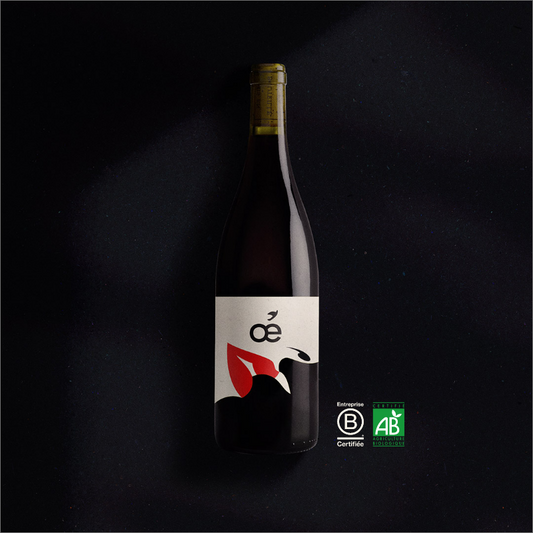Carignan, a grape variety at the center of debate for its quality
Carignan has long been associated with mass viticulture and this has led to the implication that it is a poor quality grape variety. It is not among the most appreciated and used grape varieties. Of Spanish origin, it is a black grape variety that is very rarely found today, because it is less and less cultivated.
His history
This variety comes from Spain, its name was taken from the town Carinena . Even in this city, the variety is also less and less common and is only grown on nearly 8,000 ha. It arrived in the vineyards of southwestern France in the Middle Ages. But in this part of France, the climate was not so kind to him. However, it found its place on French territory when it was planted in the irrigated plains of Languedoc-Roussillon and Côtes-du-Rhône , because there, the arid and infertile hillsides brought it the necessary for its development ensuring thus quality grapes. At that time, Carignan was very rarely used for the production of wines, but it was only in the 80s and 90s that it found its place in this area after the tests carried out by Michel Flanzy. There are several hundred appellations for this grape variety. It is also called hardwood, Crinana, Mazuela, Catalan in the Aude, Alvarinhao, Amaral noir, Aubanne, Auvernat, Bois jaune, Caylar, Chironés or Anet.
The distinctive traits of the grape variety
In the vineyard, this variety can be recognized by its shiny yellowish young leaves with flattened hairs and by the size of its adult leaves with 5 lobes. It is recognizable by these large foliage. The lateral sinuses are of medium depth and the petiolar sinuses are half-open half-closed. The leaf blade is heavily embossed and takes on a tormented appearance. The grape clusters and berries are large. They take a rounded shape going slightly on an elliptical shape. Its skin is thick, which brings a tannic touch during the production of the wine . Its branches are erect and take on a herbaceous appearance with red streaks.
This variety is particularly fertile and it is imperative to curb the yield for quality production. Its regular and large mass production can be explained by its fertility, but it must be pruned short either in goblet or cordon. A foot can live up to 100 years, but with age it becomes less productive. However the qualities of the grapes are always maintained. We only use those who are less than 30 years old in the production of wines. There are 25 approved clones for Carignan N, the best known of which are 274, 65 and 9. It is a 3rd era variety, therefore late. Its maturity comes only about 4 and a half weeks after that of the Chasselas. Its budburst is also very late.
The grape variety in the vineyard fields
This variety is not as complex as one might think, as it tolerates summer drought and strong winds perfectly. It will still be necessary to provide it with special treatments, in particular to fight against potassium deficiency. It does not support powdery mildew and it is for this reason that it is grown on dry and regularly aerated soil . This variety also fears leafhoppers . It is less susceptible to gray rot and excoriosis .
Its location
This exclusively Mediterranean grape variety was planted in the plain, but this did not lead to better wines. It is currently on more qualitative land and in France, we find it in the Corsica massif, or between Nice and Perpignan . Even if in these regions, the grape variety is very productive, the cultivation area is rather small. Only a few winegrowers cultivate it. This culture covers an area of nearly 73,000 ha in France . This variety is also grown in Italy, California, Portugal, Tunisia, Morocco and Argentina.
Wines produced from this grape variety
Carignan produces quite powerful wines with an alcohol content of over 12°. They are distinguished by the notes of spices that are felt in the mouth. One can also have fruit flavors like prune, black cherry, or blackberry . After aging in barrels or oak tuns , its flavors are accompanied by notes of almond, toast or leather. The wines made from this grape variety are more acidic and moderately sweet, especially when the yield is high. To correct the imbalance, some producers use carbonic maceration: this results in a more supple and fruity wine. To have a wine that is less acidic and more balanced in flavors, you have to control the yield and that is what most producers do.
As a result, the tannins are less grassy and less harsh. For the production of wine with aromas of red fruits, Carigan is often associated with Grenache . It is rare to find a bottle of 100% Carignan wine on the market. This variety is not very appreciated by the producers, because one often refers to its history. However, there are winegrowers who knew how to work it to have a good wine. The 100% Carignan wine offers opulent, rich and varied aromas.








